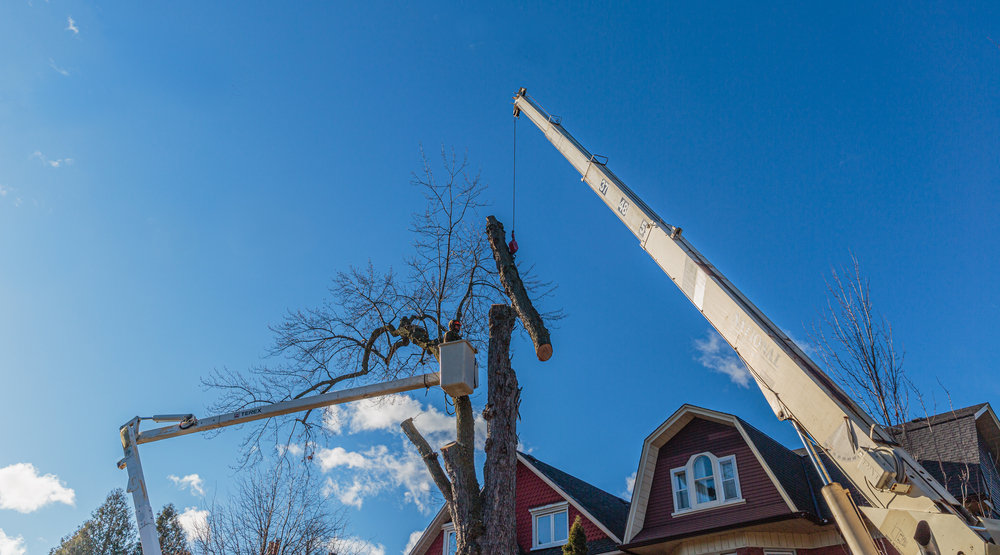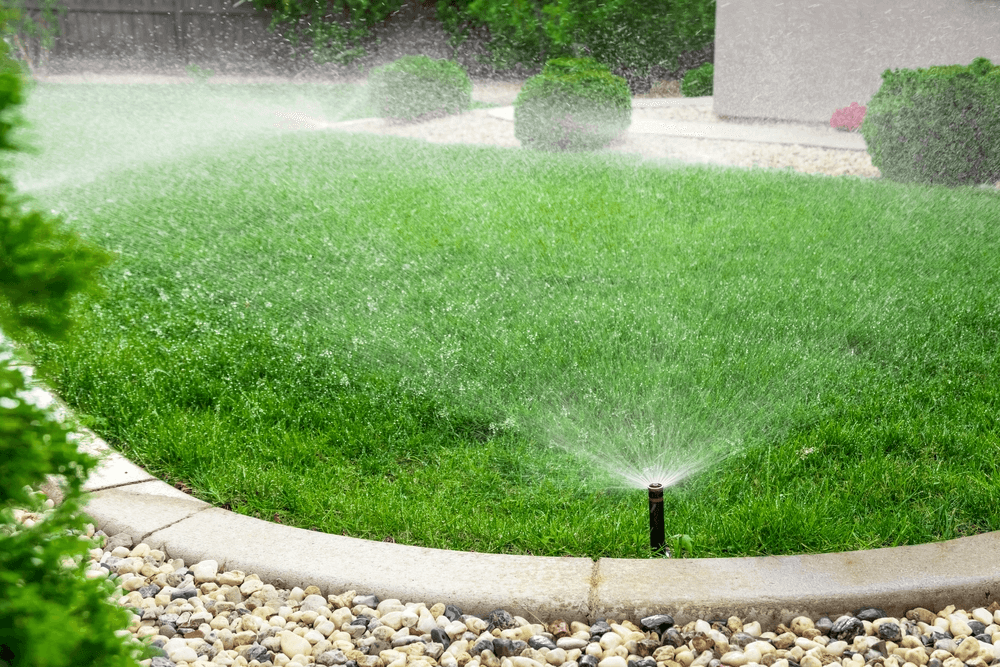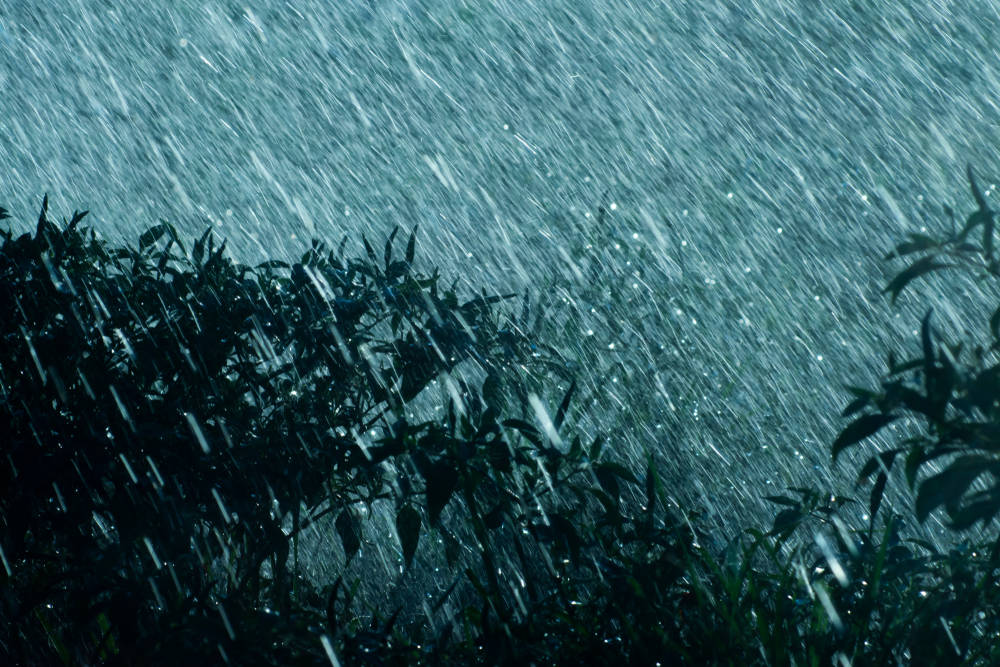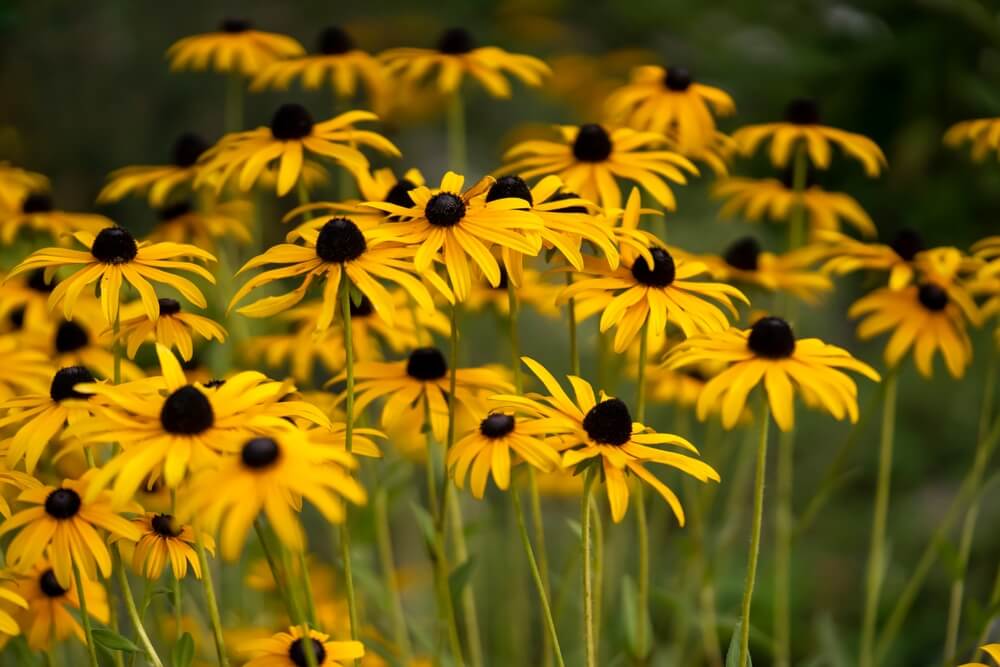Trees are complex plants that can live for decades and even centuries in some cases. With that complexity comes a lot of unexpected information non-experts might not be aware of. Read on to learn some of the more interesting tree facts.
Seven Interesting Facts About Trees
1. There Is a Wrong Way to Prune a Tree
When it comes to tree maintenance, pruning is a critical way to extend a tree’s life. But pruning a tree isn’t as simple as just cutting off dead limbs and shaping the canopy. Every pruning cut is a wound to a tree, and just like with people, a wound is susceptible to infection. Many people who take pruning into their own hands are likely to make mistakes without properly researching how to prune their trees. When improperly pruned trees attempt to heal themselves, they are much more likely to fail at keeping out fungal infections and insects like termites. Since the inner system of a tree works slowly, this might not be noticeable for seasons until it’s much too late. Fungal infections are the leading cause of tree rot, and pruning wounds are a perfect place for them to enter a tree. When it comes to pruning, it’s wise to work with a tree expert near you rather than attempting it on your own.
2. Breeding Trees Is a Full-Time Job
Trees can be bred and cultivated in a variety of unique ways, from improving aesthetics to developing specific traits in an effort to make a tree hardier and more resilient. Wondering what a tree expert is called? Whether they’re experimenting with new cultivars of elm at a university or removing a dead limb, tree gurus known as arborists have been using tried and true methods passed down for generations in combination with modern technology to advance trees for humans to enjoy and for the trees’ own sake.
3. Not Every Conifer Is Evergreen
You’re probably familiar with the concept of an evergreen tree, or a tree that doesn’t drop its leaves (or more likely, needles) in the fall. Pine trees, like the ones we bring into the home every Christmas, are considered conifers and are often thought of as evergreen. While every evergreen is a conifer, not every conifer is evergreen. There are some select species of trees that do shed their foliage with seasonal changes. Trees that drop leaves on a seasonal basis are called deciduous. Many of these rare conifers are actually well-suited to growth in the United States, including the dawn redwood.
4. Trees Offer Natural Soundproofing
We all know that trees provide oxygen and remove carbon dioxide from the air, but did you know that you can thank a tree every time you can’t hear your neighbor’s loud music? A few trees can actually absorb and deflect a great deal of unwanted noise. Trees have been used as noise barriers for generations, especially with the advent of the American highway. Evergreen trees like the cyprus are popular choices because the presence of needles year-round ensures the same noise canceling is enjoyed regardless of the season. Interested in quieting things on your property? Work with a certified tree expert at The Parke Company for the best layout for preventing noise pollution around your home or business.
5. Tree Trunks Are Dead Cells, Like Hair
Almost all of a tree is actually made up of dead cells, much like human hair. The only living parts of a tree are the leaves, root tips, buds, and cambium, which is the outermost layer of a tree’s core. The cambium is responsible for transporting food and water from the roots upward to the rest of the tree. Ever wonder why it’s so simple to count the rings of a tree to determine its age? Scientists and laymen have a very reliable system for determining the season of a tree’s life due to this fact.
6. The United States Has Many of the Oldest Living Trees
When you think of old trees, you might be thinking of an oak tree in the park that you heard was around during the Civil War. While that’s impressive, the oldest trees on earth have lived much, much longer. Many of Earth’s oldest trees call the United States home, and most share the same real estate in the American West. Many of the world’s oldest trees also have unique names, like Methuselah, which was a tree that was sadly cut down in the 1960s. At the time of its legal removal, it was over 4,000 years old, making it around the same age as the Egyptian pyramids (how’s that for a “wonder of the world?”). While your tree isn’t quite that old, Nashville tree experts at The Parke Company will treat your trees with the respect and practicality they deserve.
7. Trees Can Defend Themselves
You won’t see tree-like creatures walking around or using weapons like in some high-fantasy film, but a tree is not powerless to protect itself from the world, despite its immobility. The trees we have today have evolved and developed for thousands of years to get to the place they are today, and they’ve learned some clever tricks. Fragrant flowers can attract a great deal of insects and animals to the tree, and some of those insects and animals may be harmful to the trees. But among these visitors, a natural balance is established. Many of the insects that could harm a tree (termites, for example), also find their natural predators hanging around. Birds and other animals are drawn to trees to build nests and seek shelter or grab a snack. By attracting a diverse range of animals, trees protect themselves and ensure their future. While trees do have a lot of built-in protections, they can always do with a little help. Invasive species like the emerald ash borer are harder to fend off, and professional tree service from an arborist can help a tree survive.
Learning From the Tree of Knowledge
Arborists are incredibly knowledgeable about trees, and like most experts, they’re more than happy to talk about trees for hours. If you choose The Parke Company for your tree service, expect an expert who’s willing to answer any questions and address your unique needs. Ready to consult your local arborist? Give us a call at The Parke Company for a free consultation and estimate today.
